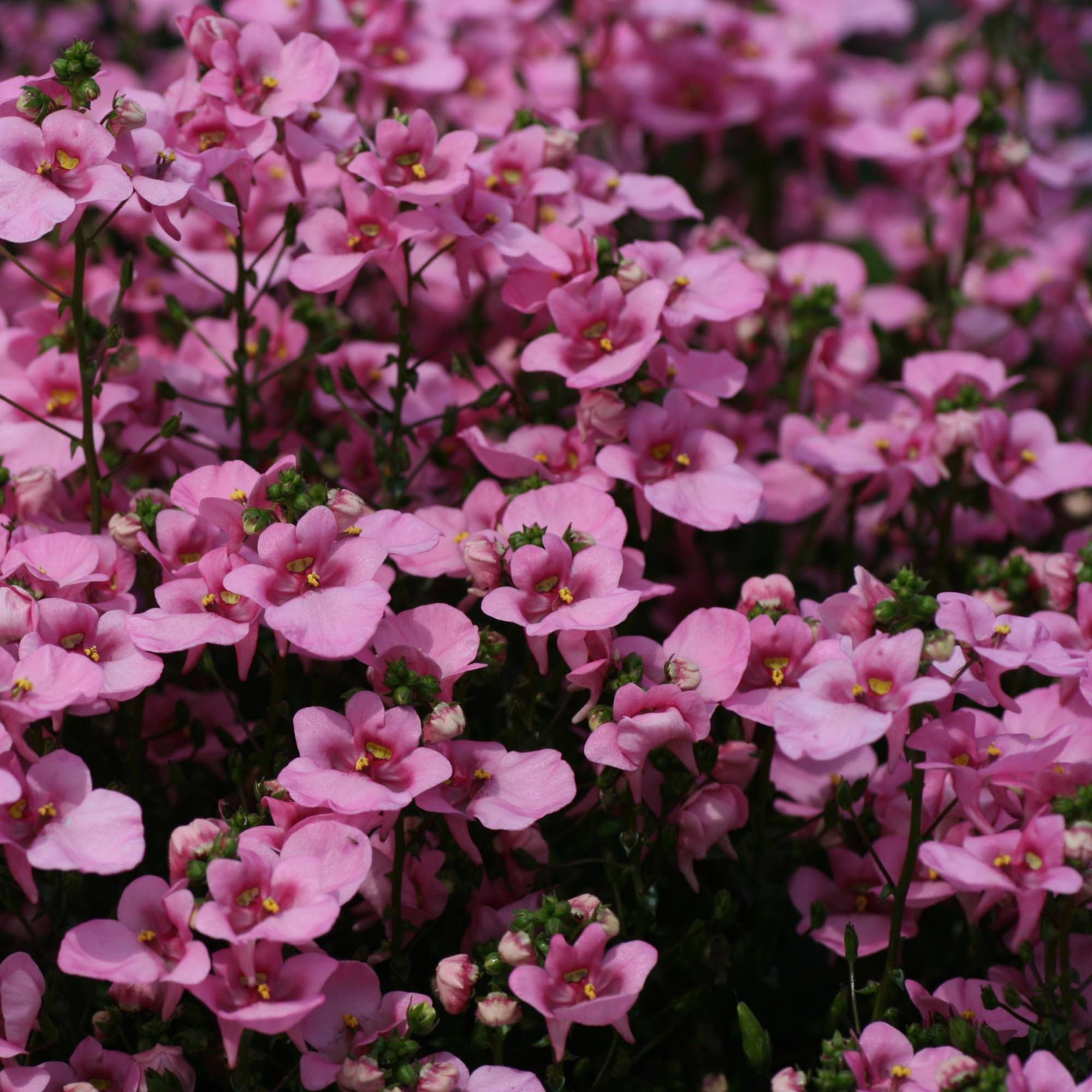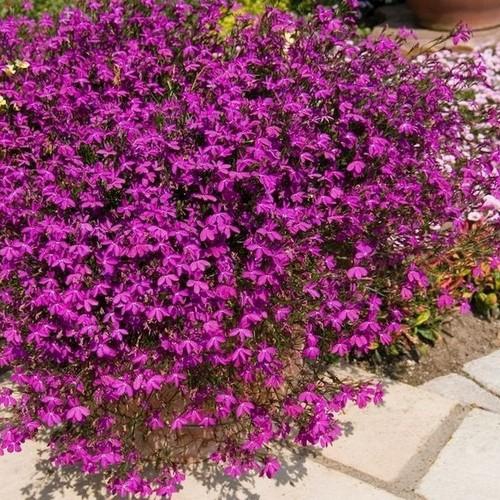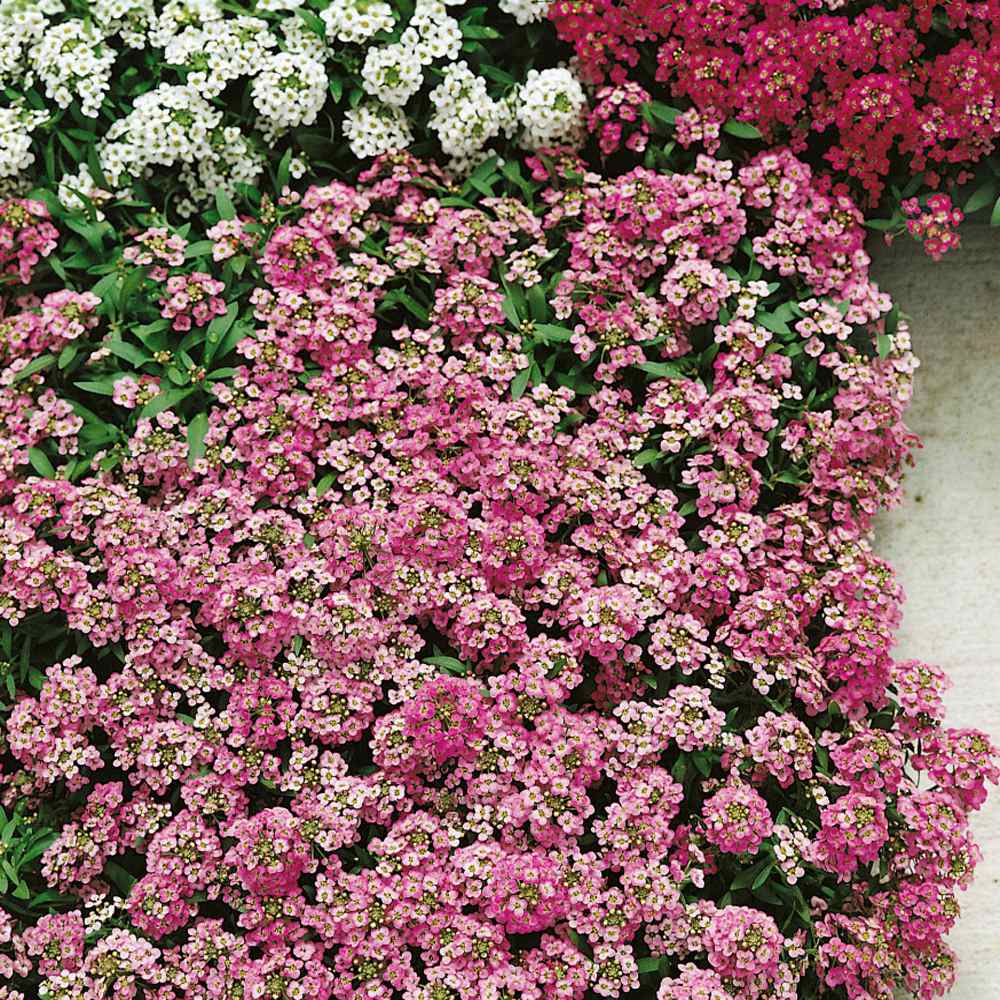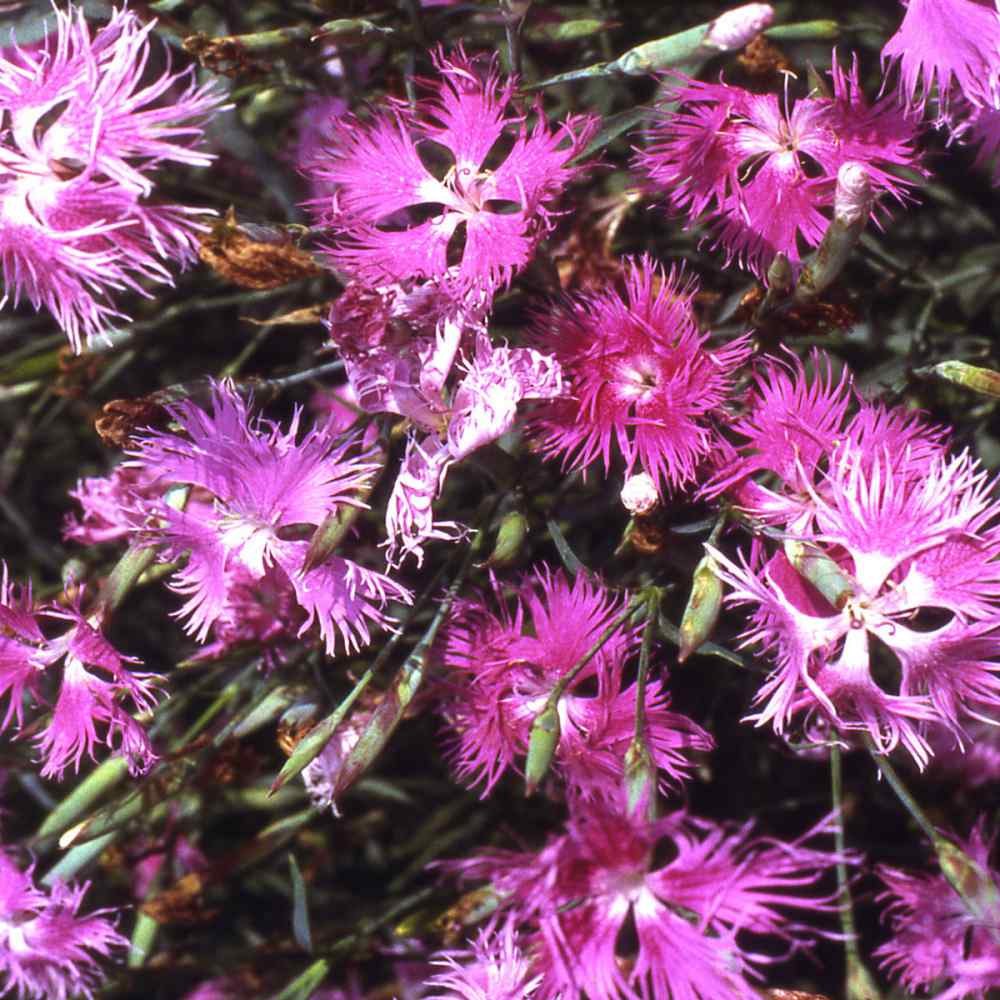
Diascia Planting and Care Guide
Quick Facts About Diascia
Diascia (also known as Twinspur) is a mounding annual that flowers abundantly. It can be used in beds, baskets, and various containers. Diascia will bloom from early summer until late fall.
Planting Time
Diascia can be started indoors 8-10 weeks before the last expected frost, or directly outdoors after all frost danger has passed.

Planting Location
Diascia should be grown in an area of full sun(partial shade is ideal in hotter climates) in average, well-drained soil.
How to Grow Diascia
- For indoor planting, sow seeds into trays or small pots filled with a seed starter mix.
- If sowing directly outdoors, first prepare a seedbed by removing weeds and breaking up soil.
- Surface sow 1-2 seeds per plant. Lightly press into soil without covering.
- Keep seeds warm and moist until germination. Under proper conditions, seeds should germinate in 1-2 weeks.
- Once indoor seedlings have a few sets of true leaves, thin to the strongest seedling and transplant outdoors spaced 6-12 inches apart.
- Before transplanting seedlings into the garden, it's essential to "harden them off". This involves acclimating young plants to outdoor conditions by placing them in a sheltered outdoor area for about a week. Initially, shield them from strong winds and direct sunlight. If there's a risk of frost overnight, either cover the plants or bring them indoors, then return them outside in the morning. This hardening off method helps strengthen the plant's cell structure, minimizing transplant shock and sun damage.

Care And Maintenance
- Keep weeds under control during the growing season. Weeds compete with plants for water, space and nutrients, so control them by either cultivating often or use a mulch to prevent their seeds from germinating.
- Mulches play a vital role in preserving soil moisture and ensuring consistent soil temperatures. When it comes to annuals, using organic mulch made from shredded leaves not only enhances the appearance of the bed but also enriches the soil as it decomposes over time. Remember to keep mulch away from the plant stems to avoid potential rot issues.
- Diascia prefers evenly moist soil, but take care not to overwater it.
- A balanced fertilizer can be applied every few weeks during the growing season, but a high phosphorus fertilizer can also encourage blooming.
- Diascia can be trimmed back lightly when blooms fade in order to encourage further flowering. In colder zones, remove the plant when blooming ceases.




































